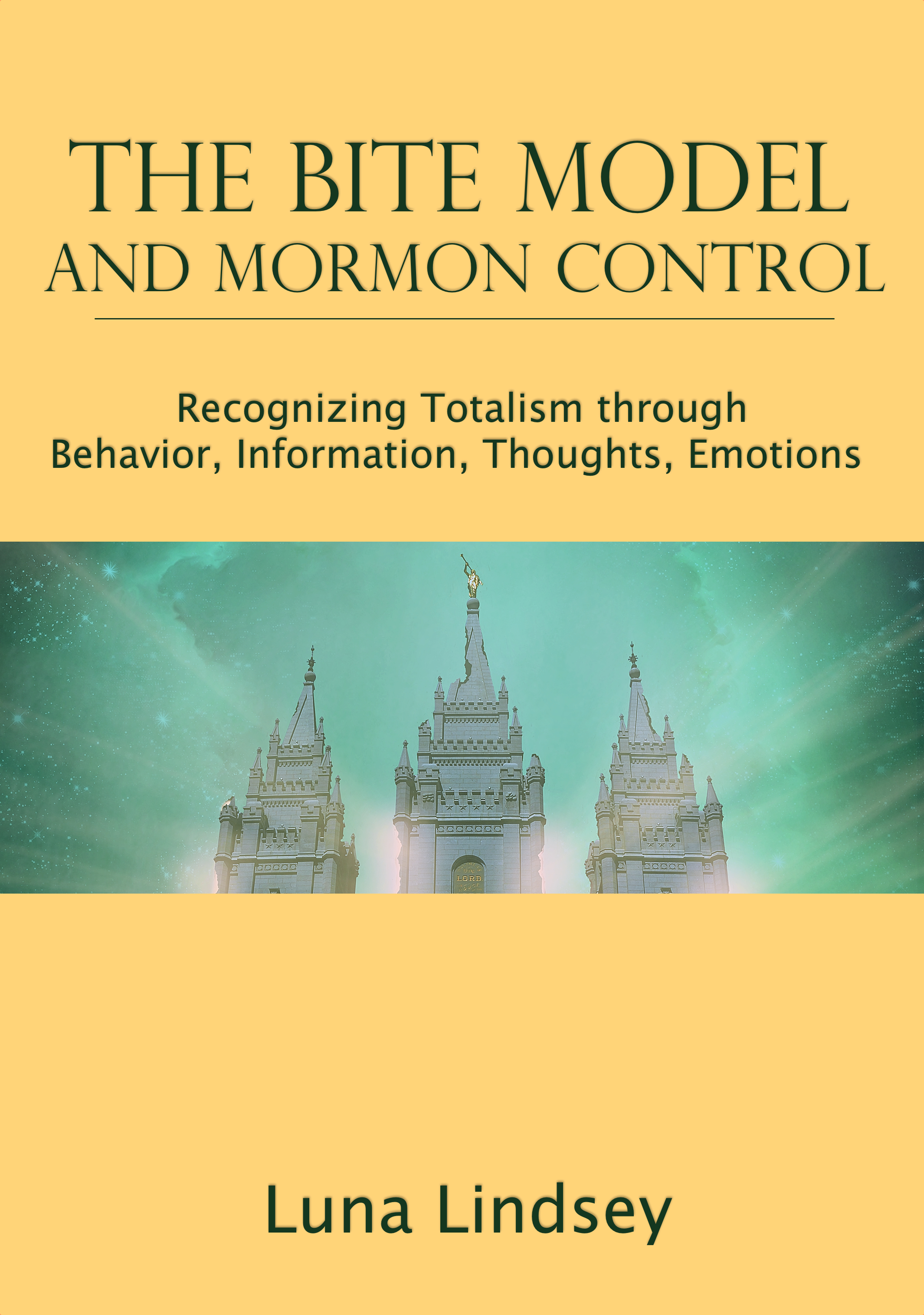The Exponent II is publication for Mormon feminists. These open-minded women are true believing Mormons who question certain aspects of the LDS faith, especially those relating to women’s issues. It is named after the original Women’s Exponent newspaper, which was read by 10% of LDS women until the Church came out with an official women’s magazine in 1915. The Exponent II has a print publication and a blog.
In light of recent events in the LDS feminist world, some Mormons now question whether the Church is crossing the lines in to coercive behavior, and rightly so. Especially since LDS scriptures warn against “unrighteous dominion,”
April Young Bennett explores the elements of coercion employed by Church leadership, in a post called Coercion Within A Church That Values Agency. She skips past the obvious (disfellowshipping and excommunication), and covers how temple recommends are withheld from those who don’t think the right thoughts or say the right thing, and how the loved ones of accused members are brought into the mix to direct familial pressures against the heterodox member.
She points out the loaded language of the word “counsel,” which in reality means “commandment.” Members who ignore the counsel of their local leaders (Bishops and Stake Presidents), are, in effect, disobeying the commandments of the Lord.
She also mentions ostracism and how, when there’s a difference of opinion in how to interpret scripture or spiritual inspiration, by default the leader is always right, and the member is always wrong.
These tools are not always used to control the speech and behavior of members, but it happens all too often. Often enough that those who are not subject to it see the example of those who are. It hardly matters if most Bishops wouldn’t excommunicate vocal feminists. Feminists have still taken note of Kate Kelly’s excommunication and many have backed off. One example is all that is needed to modify the behavior of everyone.
Of course, this piece just barely begins to scratch the surface of the control techniques used by Mormon leadership. Most of these techniques don’t even let the member get to the point where they’re questioning at all. The techniques that Bennett outlines are a stop-gap measure for when the other thought control methods aren’t working, and the lost sheep begins to wander. The highest priority at this stage (to the totalist group) is to keep the questioning sheep from expressing their doubts aloud. This would break the spirit of unanimity that is preventing anyone else from questioning. This unanimity is often an illusion, since many are silently questioning, so those who ask openly must be stopped at any cost.



